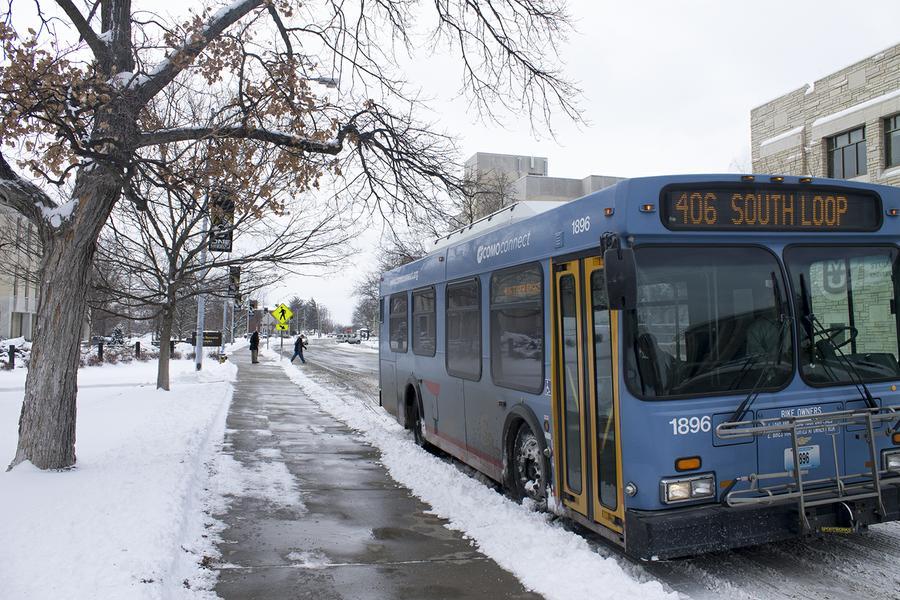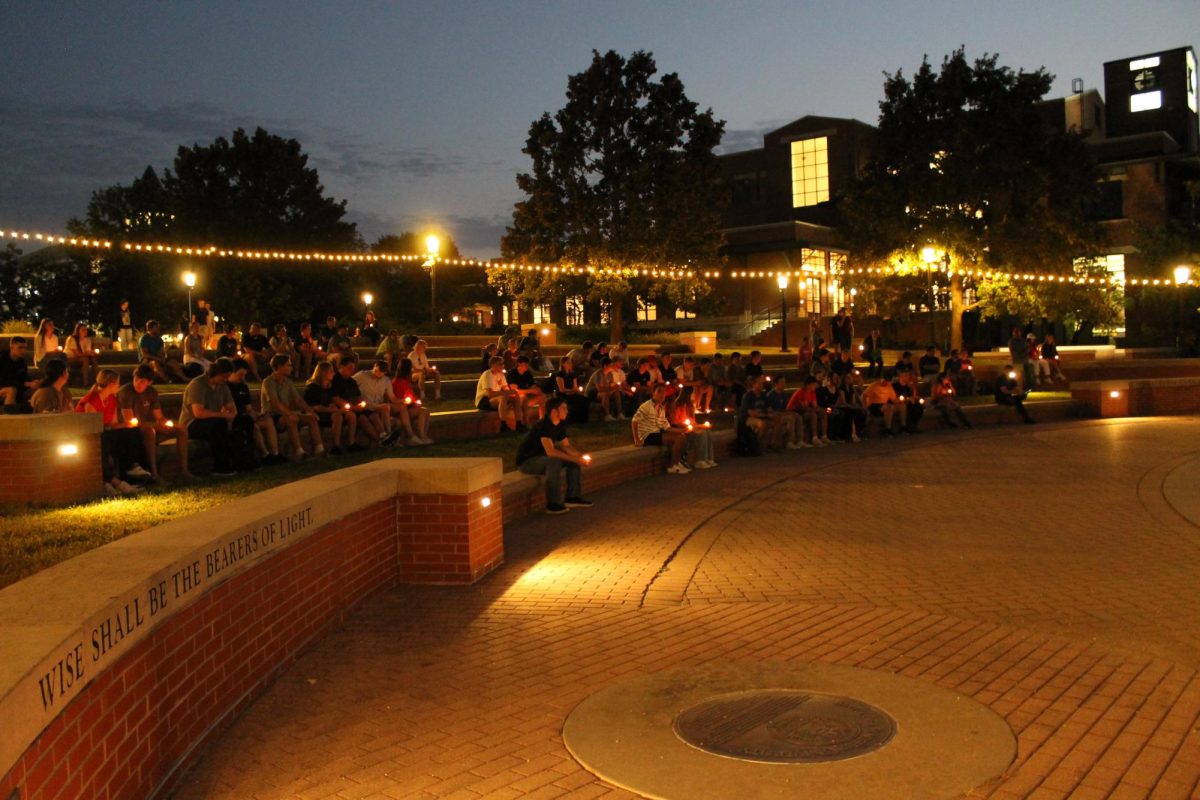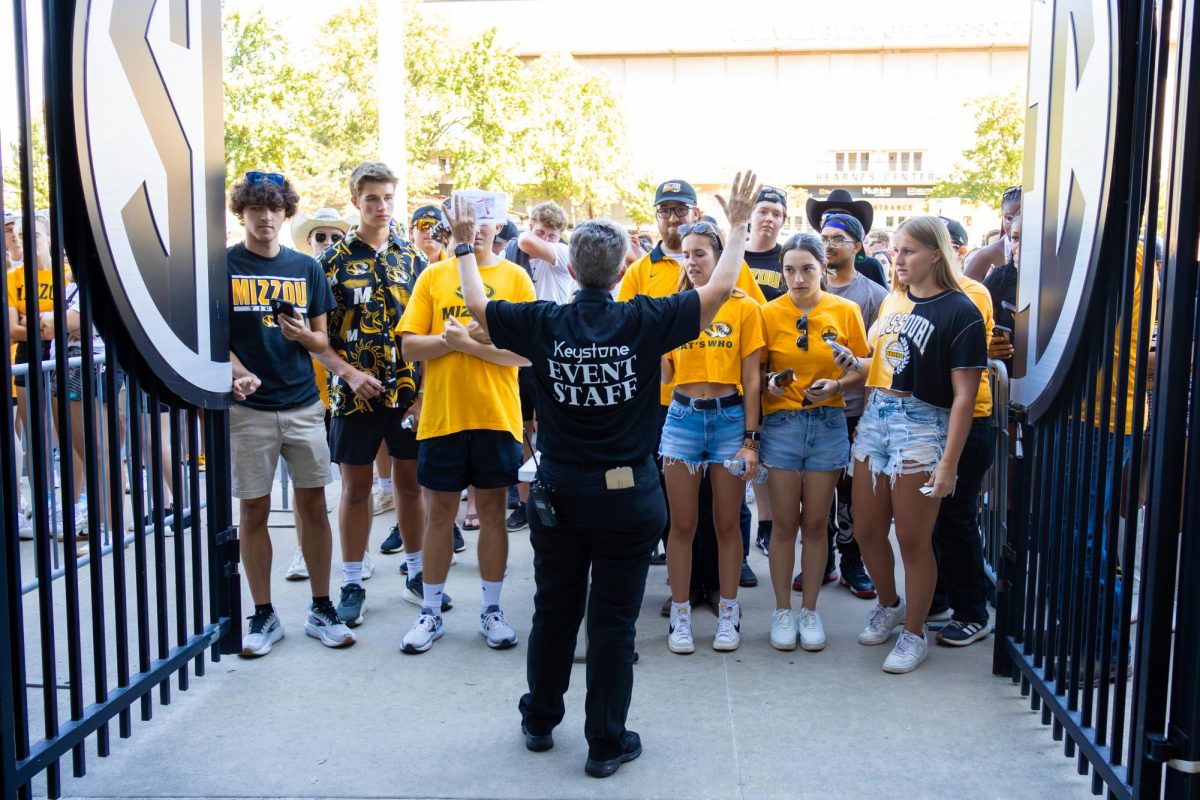Since COMO Connect was introduced last August, the city’s bus system has seen a decline in ridership and continued criticism from various community voices. Columbia will submit a proposal in March to hire a consultant to develop a long-term plan for COMO Connect that will best serve various groups efficiently.
Drew Brooks, a manager in the Public Works department, said that the city’s current master transit plan was created in the early 2000s based on the old hub model that centered around Wabash Station, so it is outdated.
“We need to revamp our master plan to reflect how people currently use the public transportation system and how we think people will use it in the future,” he said.
Ridership of the bus system has been decreasing since 2011.
In August, when fares were free, ridership increased 17 percent over 2013 numbers, but ridership quickly fell below 2013 numbers in the fall, bottoming at 33 percent below 2013 numbers in October.
Two apartment complexes that bought passes for their residents did not renew those contracts this year, Brooks said, leaving only three complexes that utilize COMO Connect.
Brooks said there are no plans to expand the transportation budget, but he estimates that hiring a consultant for the project will cost between $100,000 and $300,000.
“At the end of the day, this is really a funding problem,” Fourth Ward Councilman Ian Thomas said.
Comparable college towns across the Midwest have three to five times the transportation budget as Columbia and have expansive bus systems, Thomas said.
“In Lawrence (Kansas), Ames (Iowa) and Champaign-Urbana (Illinois), students ride the buses for free,” he said. “There is a fee attached to their tuition, which is the student’s contribution to the bus system, but they don’t buy passes or fares. In those towns, students tend not to bring cars. MU doesn’t do that and has traditionally always planned for students who bring cars.”
Thomas said he has been a longtime advocate of public transportation and sustainable energy and sees COMO Connect as an example of how to encourage more Columbia residents to give up their commutes for bus rides.
“This is a huge opportunity to bring in best practices from across the country,” he said. “We can look at demographic trends and bring in a consultant who has worked with forward-thinking cities, bring in students and faculty and small businesses and create a robust community conversation about this topic.”
Brooks said he hopes to submit the proposal to hire a consultant in March. If approved, the city will search for a consultant in April and May. Throughout that process, he said, he wants to include all types of Columbia residents.
“It’s very important that we include the universities in this process,” Brooks said. “Students make up half of our ridership, and we have to include faculty and students on the campuses in our committees.”








